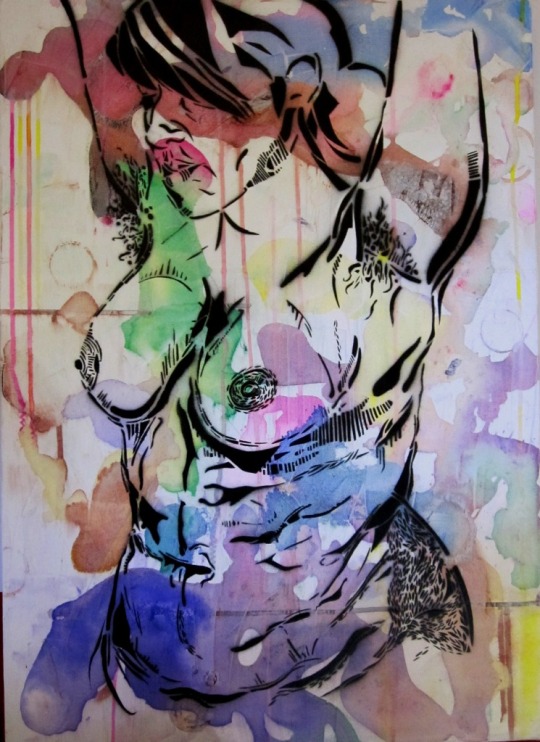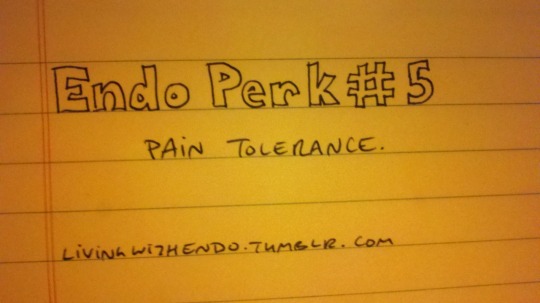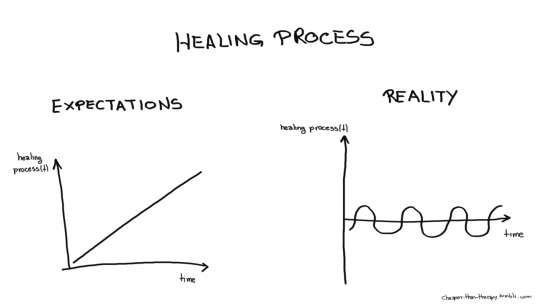Musings on eating grain-free, living with chronic pain, and analyzing our toxic world from an environmental feminist perspective.
Don't wanna be here? Send us removal request.
Link
Heading back to the real world post-surgery and mom-time. It was the perfect time to stumble upon this post -- I can definitely relate to the feeling of relaxation that began the moment I got to the hospital. As nervous as I was, healing was finally out of my hands, even if it was only for an hour.
But now it's back to the grind. Back to consciously engaging with my health and my body and my healing process all the time. And that's okay - because this is the path I've been given to walk along. And I'm proud of the energy, time, and commitment I've given to my body and health. Because actively engaging with my body rather than passively waiting for a cure has enabled the biggest shift in my health emotionally, spiritually, and physically.
I’m afraid the honeymoon is over.
The honeymoon?
Yes, the honeymoon.
The period of time after surgery when you’re at the center of everyone’s focus. Where caretakers are coming out of the woodwork to help you out, bring you dinners, swing by to say hello. When you don’t so much as pick up a cup...
6 notes
·
View notes
Text
How to make a cloth menstrual pad
Step 1: Make a pattern
You can use the disposable pad that works best for you as a template. If you’re like me you might have a couple of changes to make (like length or width). You might want to measure with a measuring tape how long it should be. This should be the approximate shape:
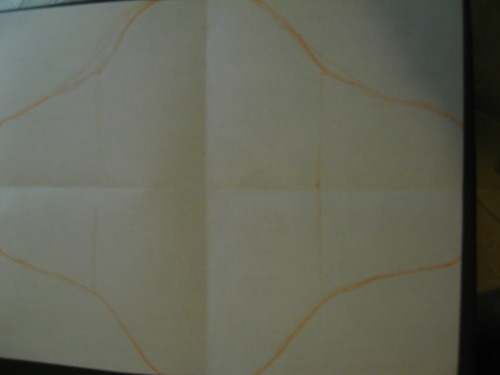
Step 2: Get your cloth
I used cloth diapers, both the thick folded kind and the thinner kind and changing cloth. The thicker cloth diapers and changing cloths I used for the base and the thin soft diapers I used for the part that would be touching my vulva. Choose something absorbent, cotton, and soft.

Step 3: pin your pattern to your cloth and cut it out
You will need one base cloth, one cloth that will touch your vulva, and then two halves.
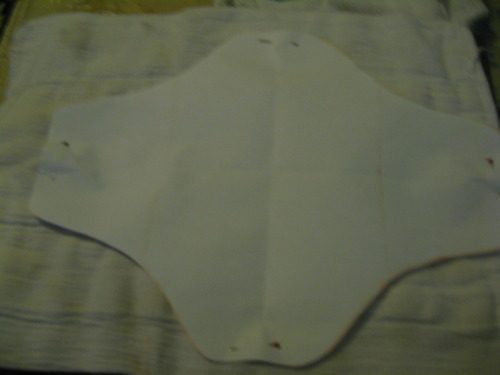
When you’re done these will be the pieces you have:
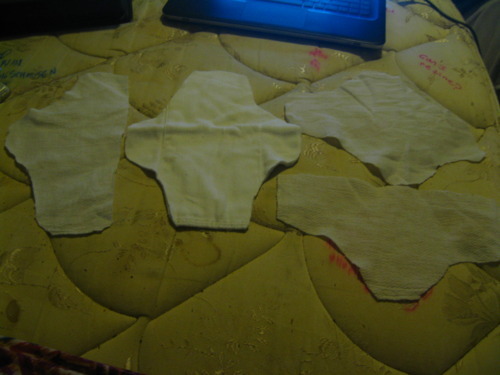
Step 4: make the terrycloth insert.
use an old towel
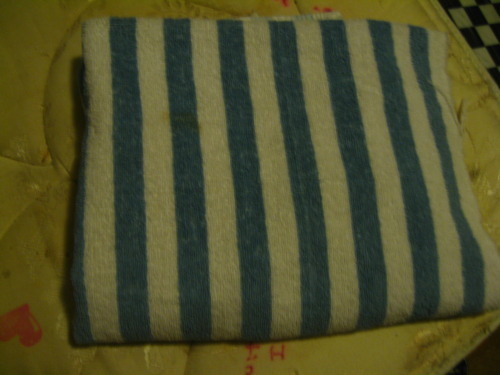
make a rectangular pattern that would fit in the body of your first pattern and cut it out:
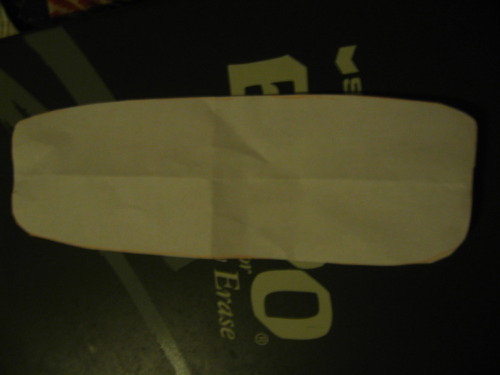
You’ll end up with these pieces:
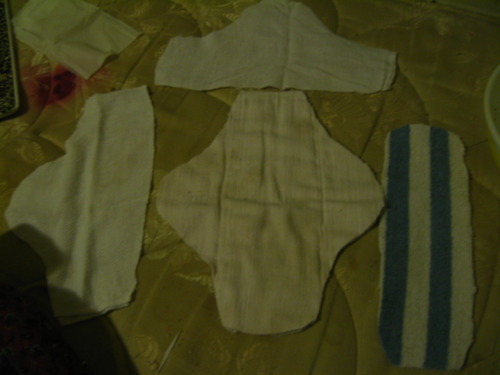
Step 4: Sew the terrycloth on the base cloth. Make sure it’s a very strong stitch as you don’t want this to move.
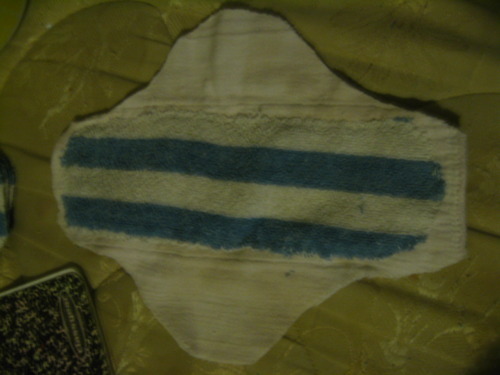
Step 5: Put the two full pieces together

Step 6: Hem the flat sides of both half pieces
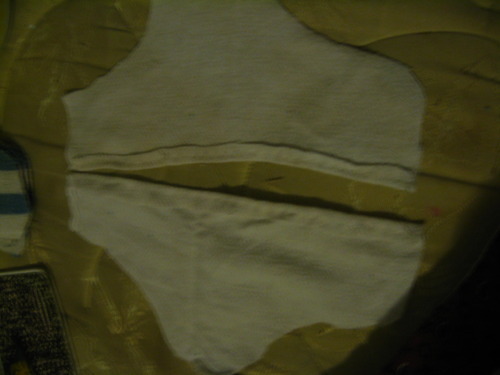
Step 6: Put the two half pieces on top of your two full pieces put together.
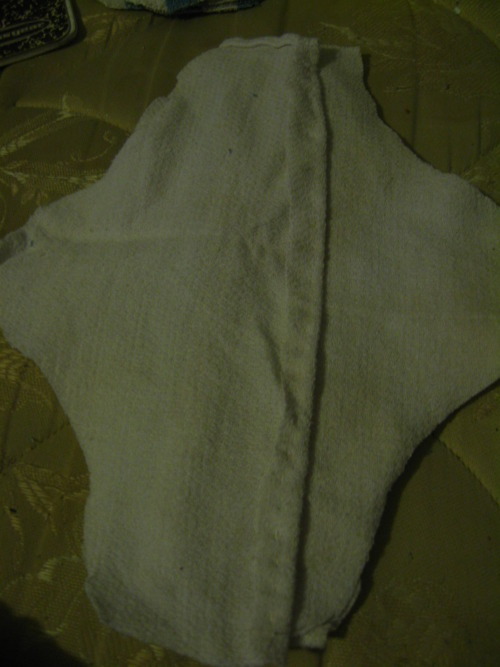
Step 6: Sew all around the edge. Use a strong stitch.
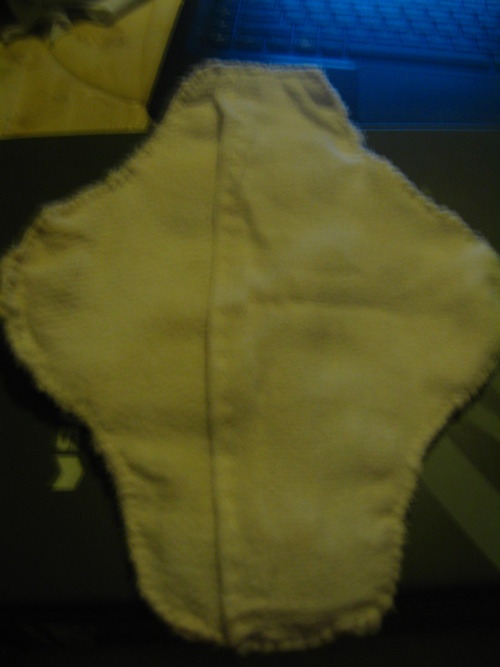
Step 7: Using the half pieces turn it inside out (or really inside in as this is the way it is supposed to stay)
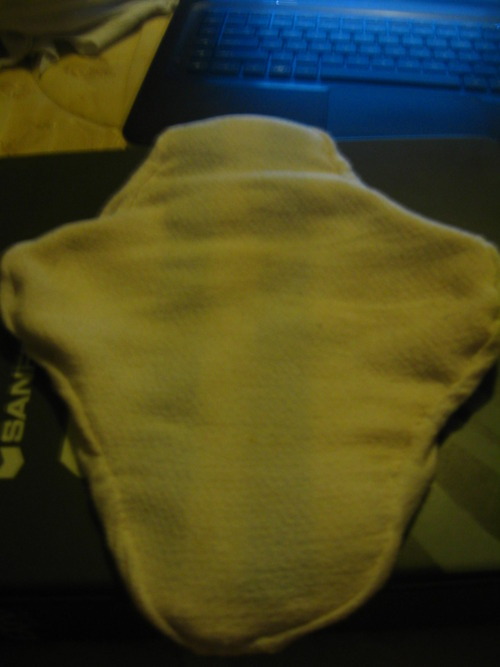
(front)
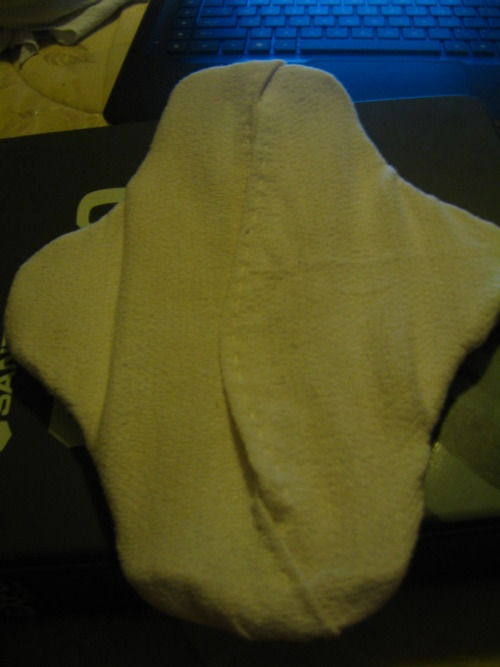
(back)
As you can see it doesn’t lay flat, which not only would make it awkward to fasten and wear it’d also make it easily damaged in the wash.
Step 7: Sew around the edge just a plain running stitch.
This makes it stronger and lay flat.
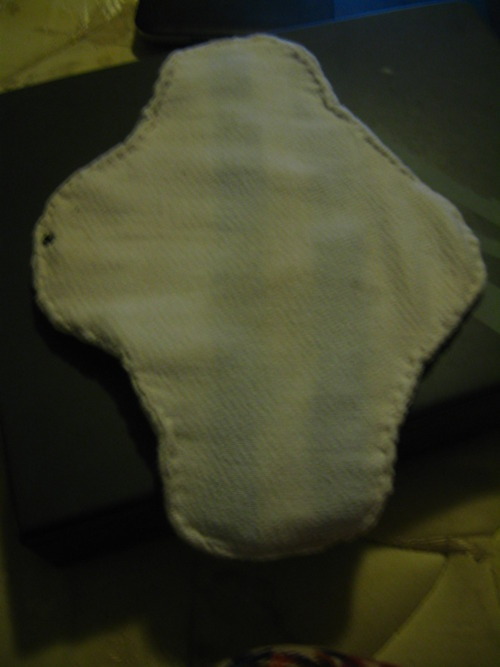
(front)
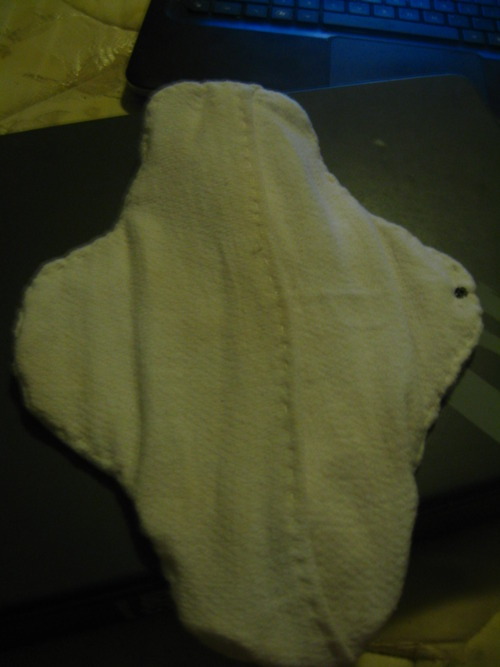
(back)
Step 8: sew on snaps
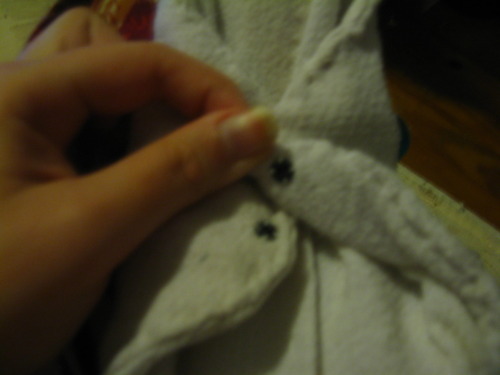
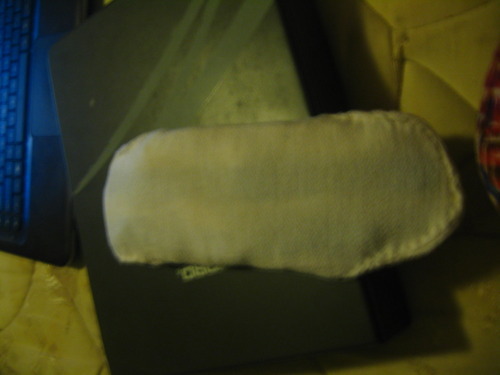
This is your finished product:
(front)
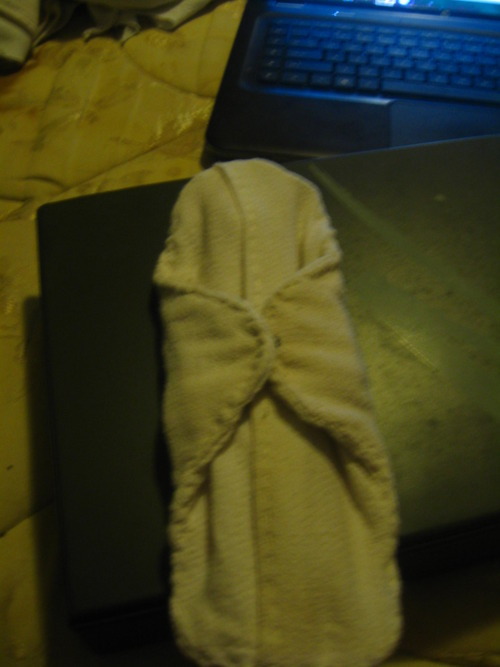
(back)
I’d run them through the wash to get any germs they picked up during the sewing process off and to make sure they survive the wash.
On heavier days, you can put more terry cloth inserts in the back (which is why you sewed a kind of pocket in with the half pieces)
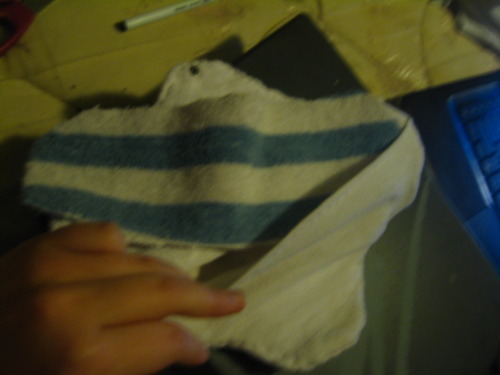
232 notes
·
View notes
Photo
Haha, this pretty much sums up my relationship with spinach and kale these days.
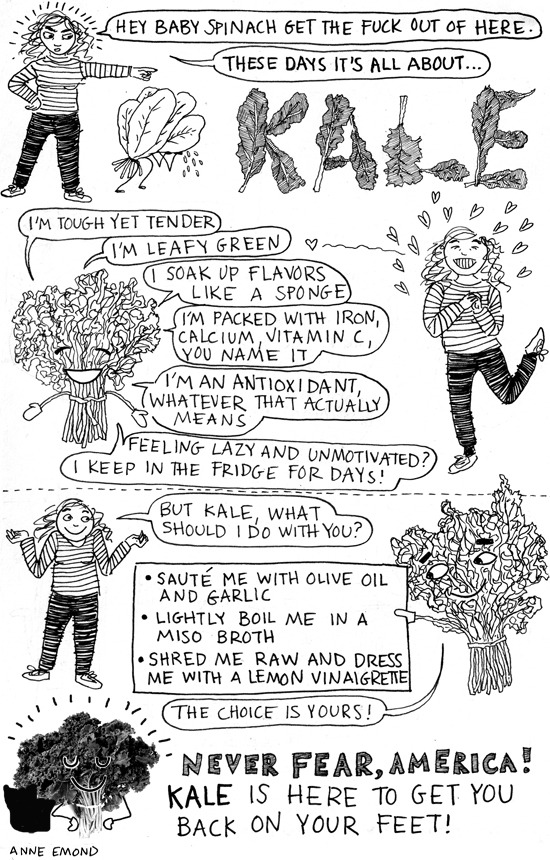
2K notes
·
View notes
Photo
My roommates and I plan to put this on the door of our new chicken coop. Potentially that and a sign that says "No Cocks Allowed" - because roosters are illegal in our city.
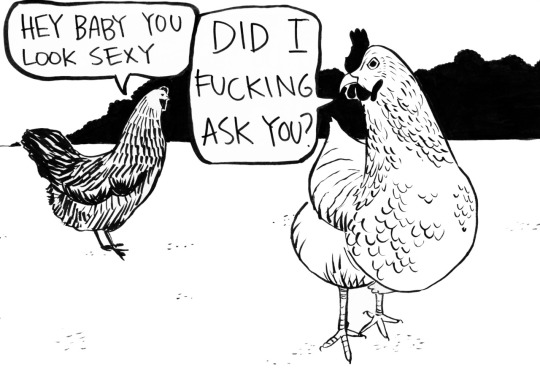
chicks don’t dig street harassment
110K notes
·
View notes
Link
Agreed! When I was first diagnosed with endo my gynecologist told me that the worst part of the disease was the impact on my fertility. He then continued to advise me to have kids as soon as possible.
I was 20, single, and queer. I was also in a severe and debilitating amount of pain. I certainly didn't have surgery because I was worried that one day I wouldn't be able to biologically have children. To this day, I am shocked that he honestly advised me to have a baby when I had explained these details.
For me, the biggest problem with endo is by far the pain and discomfort.
I’m really beginning to not care of I’m fertile or not. I’m just done caring about that.
What I do care about is making sure I have is a somewhat decent quality of life- as in I don’t need to either take or convince myself to not take narcotic painkillers in order to somewhat function throughout...
97 notes
·
View notes
Link
People would be surprised to know…
…how much this disease scares me. I act very strong and I fight every day of my life but the truth is that it scares me to death sometimes.
I’m afraid that I will never have children - something I desperately want - because the endometriosis will render my...
9 notes
·
View notes
Link
From the article:
From here it’s easy to extrapolate the rippling effect stress and a lack of self care can have on your life. Physical and emotional stress can (and will) effect your physical and emotional health, your job, your ability to provide for yourself and your family, your relationships, and the quality of your life. Far from being a new age concept, self care is just as vital as earning a pay check, finishing your homework, getting your car fixed, or doing your taxes, if not even more important.
Read more at Persephone Magazine.
33 notes
·
View notes
Video
TW: light conversation on the topic disordered eating
HUNGRY VIRGINZ: Intuitive Eating 101 (subtitles here)
In this video Jessica and I move away from the hilarity of unbridled Hungry Virginity storytelling videos of the past and have an informative afternoon tea party discussing the merits of Intuitive Eating and how it might help people with disordered eating habits (or just people who want to love food more/differently) in reclaiming, celebrating, and re-negotiating their relationships with food. Yay! This video is long and I am almost unbearably dorky, but we hope you watch it and share it with people that it might help.
RESOURCES
What Is Intuitive Eating? (click to find out more!)
What have our fat fairy god mothers said about this?
Lesley Kinzel wrote about it here and here
Marianne Kirby wrote about it here, here, here, here, here and here
Kate Harding wrote about it here, here, here and here
we love all of you so much! xoxo
Majestic and Jessica
353 notes
·
View notes
Quote
But pain is hard to put into words and in life there is always pain. It’s as natural as birth or death. Pain makes us who we are, it teaches us and tames us, it can destroy and it can save.
Pack Up the Moon by Anna McPartlin (via quote-book)
2K notes
·
View notes
Text
The Boob Beanie
I really want to start knitting these for all the babies at the midwifery clinic I work at.
12 notes
·
View notes
Text
Communities of Care, Organizations for Liberation
by Yashna Maya Padamsee
"Self-care, as it is framed now, leaves us in danger of being isolated in our struggle and our healing. Isolation of yet another person, another injustice, is a notch in the belt of Oppression. A liberatory care practice is one in which we move beyond self-care into caring for each other.
We need to move the self-care conversation into community care. We need to move the conversation from individual to collective. From independent to interdependent."
4 notes
·
View notes
Photo
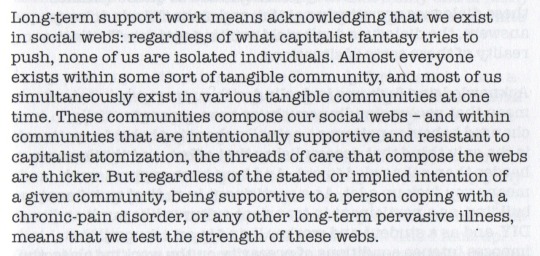
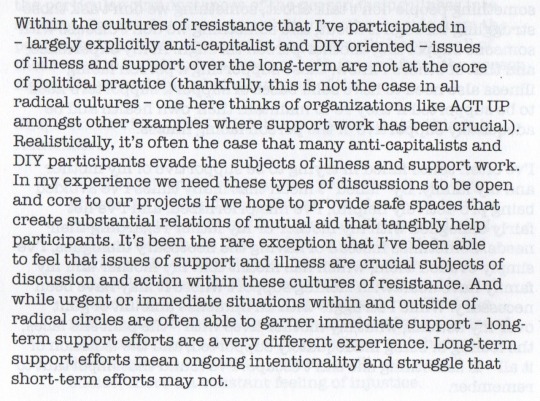
From “A Discussion of Chronic Pain, Support, Lacking Support, Radical Culture, and Life,” Craig-Jesse Hughes
In “When Language Runs Dry, a zine for people with chronic pain and their allies”
7 notes
·
View notes
Text
Just because
my coping mechanism is to look hot and put a smile on my face doesn't mean that I'm not in pain.
It also does not mean that my health condition isn't serious or that you have a right to question the validity of it.
9 notes
·
View notes
